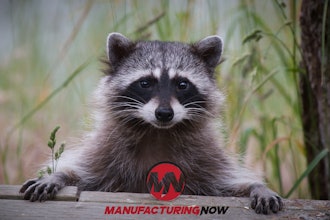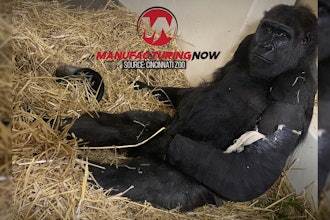Researchers from McMaster University in Canada have cultivated a new meat using a method they say offers a more natural flavor and texture than other other alternatives to traditional meat. The first sample was cultivated using cells from mice.
The researchers make the meat by stacking thin sheets of lab grown muscle and fat cells. It sounds odd, but it's the same technique used to grow tissue used for human transplants; we're just eating it now.
The sheets of cells are about as thick as a piece of paper. They are grown in culture and then concentrated before being peeled off and stacked or folded together. The sheets bond to one another before the cells die.
The layers can be stacked to any thickness and "tuned" so you can stack them in specific configurations to mimic the fat content and marbling of any cut of meat, which, according the researchers, is unlike any other lab-grown meat. They equate future meat purchases to how we buy milk. Do you want 2%? Or skim? Or whole, if you’re one of those people.
While the team proved the concept by making meat from mouse cells, they didn’t eat it. They did however, make a sample from rabbit cells and ate that. They say it “felt and tasted just like meat."
The model could be used for large-scale production and it will likely work for beef, pork and/or chicken to make meat production more sustainable.
The researchers’ work is published in the journal Cells Tissues Organs and a start-up company has been spun out to begin commercializing the technology.






















